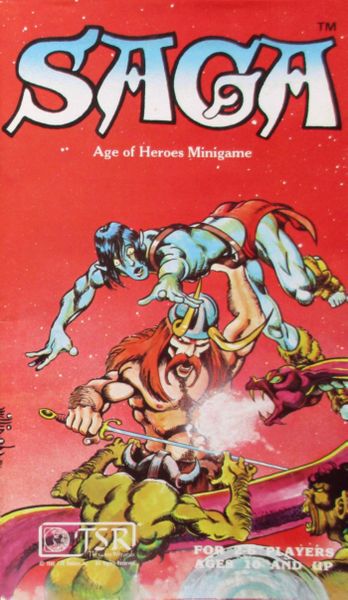Saga (1980) Board Game
Saga is a board game that was released in 1980, designed by Erol Otus and Bill Willingham. It falls under the Adventure, Fantasy, and Wargame categories, with a theme centered around Vikings. The game is designed for 2 to 6 players, with a runtime of about 45 minutes and a recommended age of 10 and up.
Game Components of Saga
How To Setup Saga
To set up Saga, players first determine their heroes’ starting positions by rolling dice. Each hero is assigned a random sword with special abilities. The map is divided into areas, each with a conquest difficulty and revenue value. Monsters and other elements are placed randomly based on dice rolls. Players also draw spells that can impact the game environment.
Gameplay Mechanics and Game Objective
Player Experience
Playing Saga involves a mix of strategy and luck. The game is designed for a fun, casual experience rather than competitive play. Players must balance combat, resource collection, and kingdom building to accumulate the most glory.
Pros
Cons
Personal Thoughts on Saga
Saga is ideal for those who enjoy light, fun games with a historical twist. It’s a great option for casual gamers or those looking for a quick, easy-to-learn game. However, it may not satisfy players seeking complex strategies or competitive gameplay. Despite its age, Saga remains an interesting piece of gaming history and can still provide an enjoyable experience for the right audience.
We are supported by our audience. When you purchase through links on our site, we may earn an affiliate commission, at no extra cost for you. Learn more.

